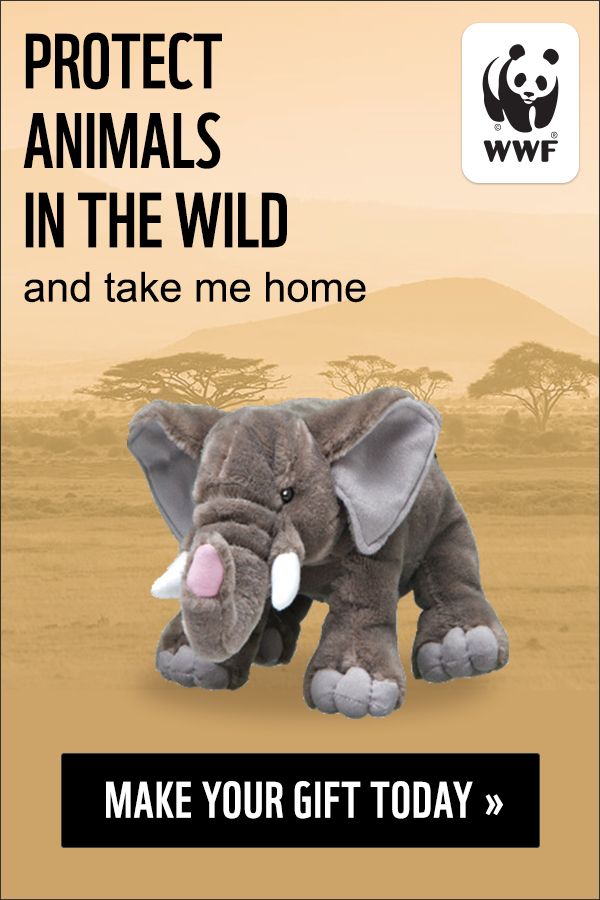The ethereal beauty of a snow owl, a creature seemingly sculpted from winter itself, often evokes a sense of wonder. Their striking white plumage, punctuated by piercing yellow eyes, creates an image of stark elegance. But beyond the aesthetic allure, lies a harsh reality: these majestic birds, and the ecosystems they inhabit, face escalating threats. A symbolic adoption, often through organizations like WWF, transcends mere financial support; it acts as a conduit for tangible conservation efforts that safeguard not just snow owls, but the entire Arctic tapestry.
Understanding the Arctic’s Delicate Equilibrium
The Arctic, far from being a barren wasteland, is a complex and interconnected web of life. Snow owls occupy a crucial apex predator niche, regulating populations of lemmings, voles, and other small mammals. Fluctuations in snow owl numbers can therefore reverberate throughout the entire ecosystem, impacting vegetation, other predators, and even the health of the permafrost. A snow owl adoption program doesn’t simply focus on a single species. It often involves broader habitat protection initiatives.
One primary benefit stems from funding ecological surveys and monitoring programs. These initiatives provide crucial data on snow owl populations, nesting success, and migratory patterns. Sophisticated techniques such as telemetry, where owls are fitted with small GPS transmitters, allow researchers to track their movements across vast distances. This data enables conservationists to identify critical habitats, assess threats, and tailor conservation strategies accordingly. Without this baseline data, effective conservation becomes a shot in the dark.
Combating Climate Change: A Keystone Effort
The most pervasive threat to snow owls, and the Arctic in general, is anthropogenic climate change. The Arctic is warming at a rate twice as fast as the global average, leading to sea ice loss, permafrost thaw, and altered weather patterns. These changes disrupt the snow owl’s hunting grounds, breeding habitats, and prey availability. Thawing permafrost also releases methane, a potent greenhouse gas, further exacerbating climate change in a detrimental feedback loop.
Your contribution to a snow owl adoption program may indirectly fund climate change mitigation and adaptation strategies. This could involve supporting research into renewable energy sources, advocating for stricter emissions regulations, or assisting Arctic communities in adapting to the changing climate. These efforts, while seemingly distant from the immediate needs of snow owls, are crucial for ensuring their long-term survival.
Protecting Vital Habitats from Degradation
Beyond climate change, the Arctic faces increasing pressures from resource extraction, industrial development, and pollution. Oil and gas exploration, mining activities, and shipping routes can fragment habitats, disrupt breeding patterns, and introduce pollutants into the environment. Oil spills, in particular, pose a catastrophic threat to snow owls and other Arctic wildlife. These spills can contaminate their food sources, damage their plumage, and lead to death from hypothermia or poisoning.
A portion of your snow owl adoption donation is often allocated to protecting vital habitats from these threats. This could involve supporting the establishment of protected areas, advocating for responsible resource management practices, or funding cleanup efforts after environmental disasters. Conservation organizations also work to educate local communities and industries about the importance of protecting the Arctic environment.
Supporting Anti-Poaching and Illegal Wildlife Trade Initiatives
While less prevalent than other threats, poaching and illegal wildlife trade can still impact snow owl populations. In some regions, snow owls are hunted for their feathers or sold as exotic pets. This can disrupt local populations and undermine conservation efforts. Furthermore, the capture of snow owls can be incredibly stressful for the birds, often leading to injury or death.
Adoption programs may support anti-poaching patrols, wildlife crime investigations, and public awareness campaigns to combat the illegal wildlife trade. These efforts help to deter poachers, prosecute offenders, and reduce the demand for snow owls and their body parts. Such interventions are indispensable in areas where illegal hunting is a significant problem.
Empowering Local Communities: A Collaborative Approach
Effective conservation requires the collaboration of local communities, who often have invaluable knowledge of the Arctic environment and its wildlife. Indigenous communities, in particular, have a deep connection to the land and a vested interest in its sustainable management. Conservation organizations increasingly recognize the importance of working in partnership with these communities to develop and implement conservation strategies.
Your donation to a snow owl adoption program can help to support community-based conservation initiatives. This could involve providing training and employment opportunities for local people in conservation projects, supporting traditional knowledge research, or empowering communities to manage their natural resources sustainably. By working together, conservationists and local communities can achieve more effective and lasting conservation outcomes.
Education and Advocacy: Raising Awareness
A crucial component of any conservation effort is public education and advocacy. Raising awareness about the threats facing snow owls and the Arctic ecosystem can inspire individuals to take action and support conservation initiatives. Advocacy efforts can also influence government policies and corporate practices to promote more sustainable practices.
A portion of your adoption donation is often used to fund education programs, outreach events, and advocacy campaigns. This could involve creating educational materials for schools, organizing public lectures and workshops, or lobbying policymakers to support conservation legislation. By raising awareness and promoting responsible practices, these efforts can help to protect snow owls and the Arctic for future generations.
In conclusion, adopting a snow owl symbolically is far more than a charitable gesture; it’s an investment in the resilience of the Arctic ecosystem. It supports research, habitat protection, climate change mitigation, anti-poaching efforts, community empowerment, and education. It represents a multifaceted approach to conservation, recognizing the interconnectedness of species and the importance of safeguarding our planet’s biodiversity. It is an act that ripples outward, promoting ecological integrity within the stunning, but vulnerable, Arctic domain.
